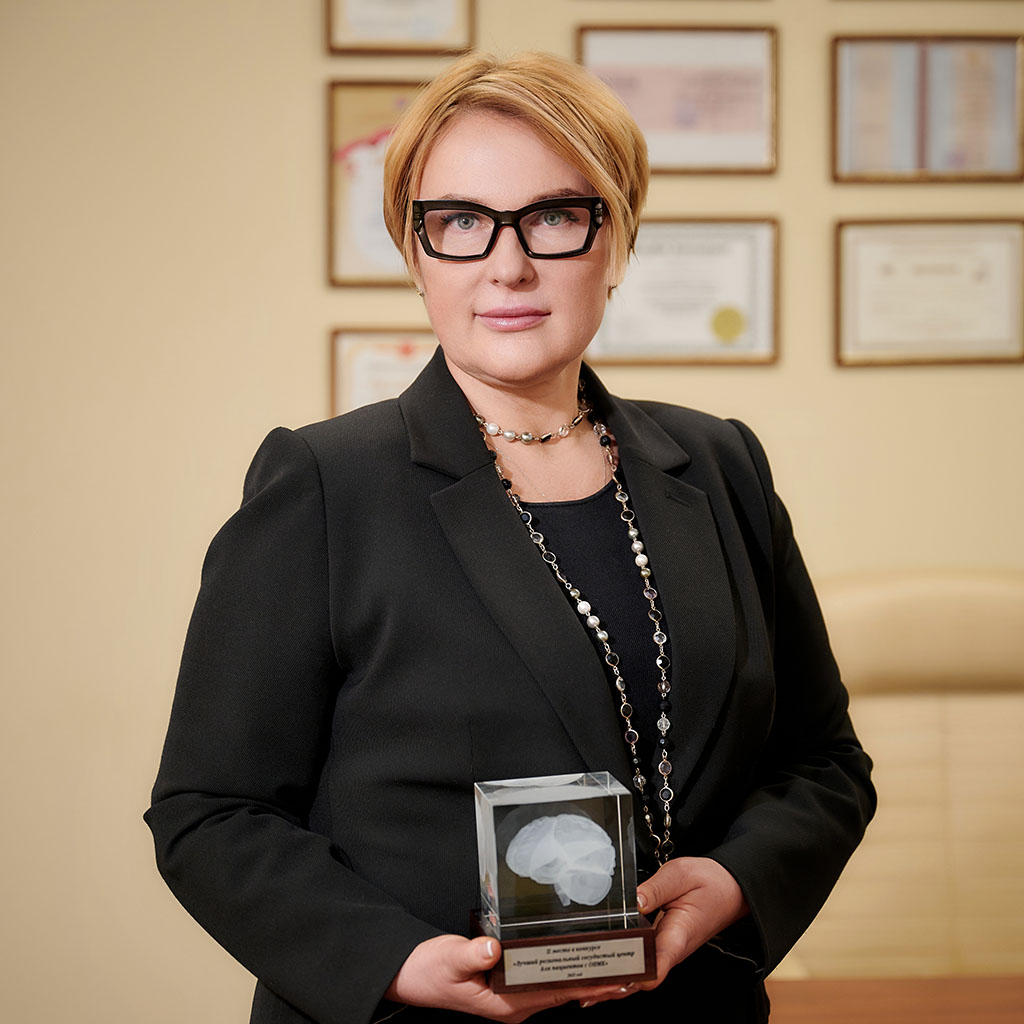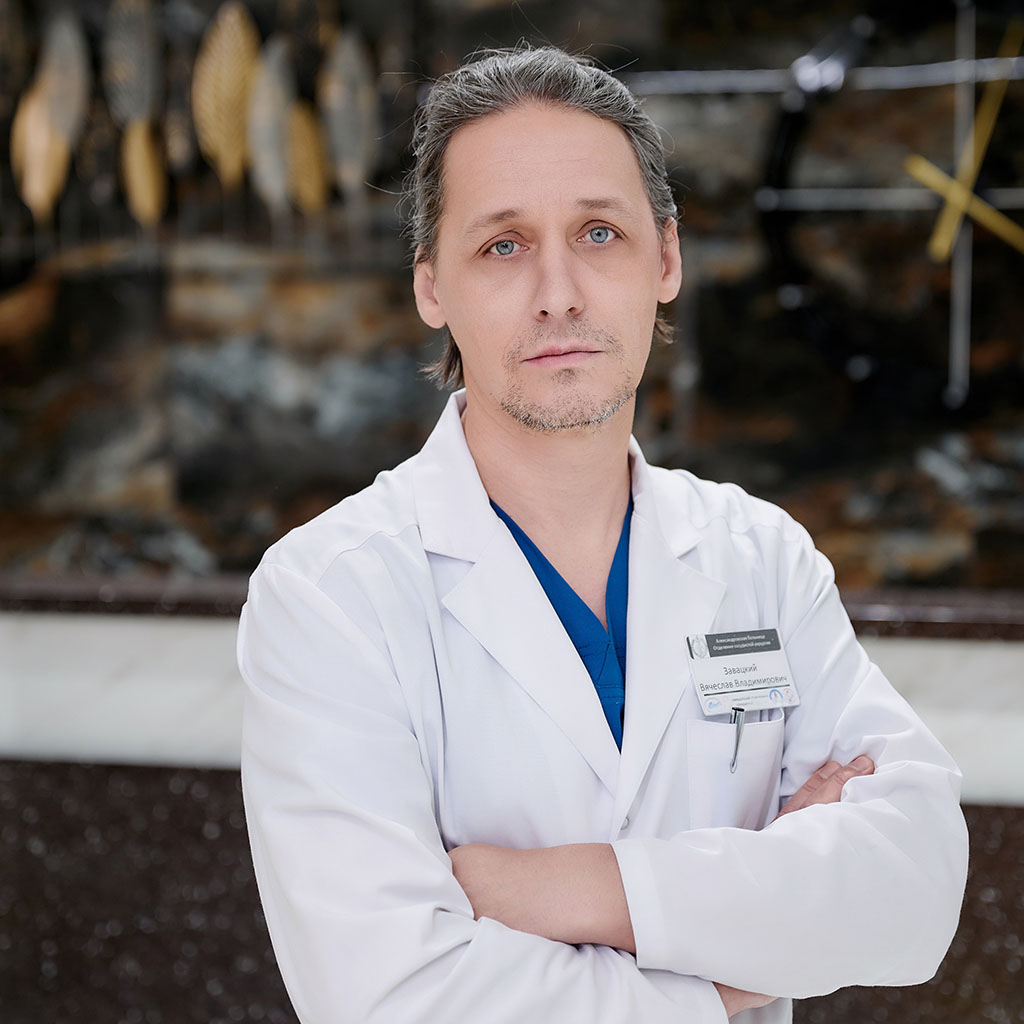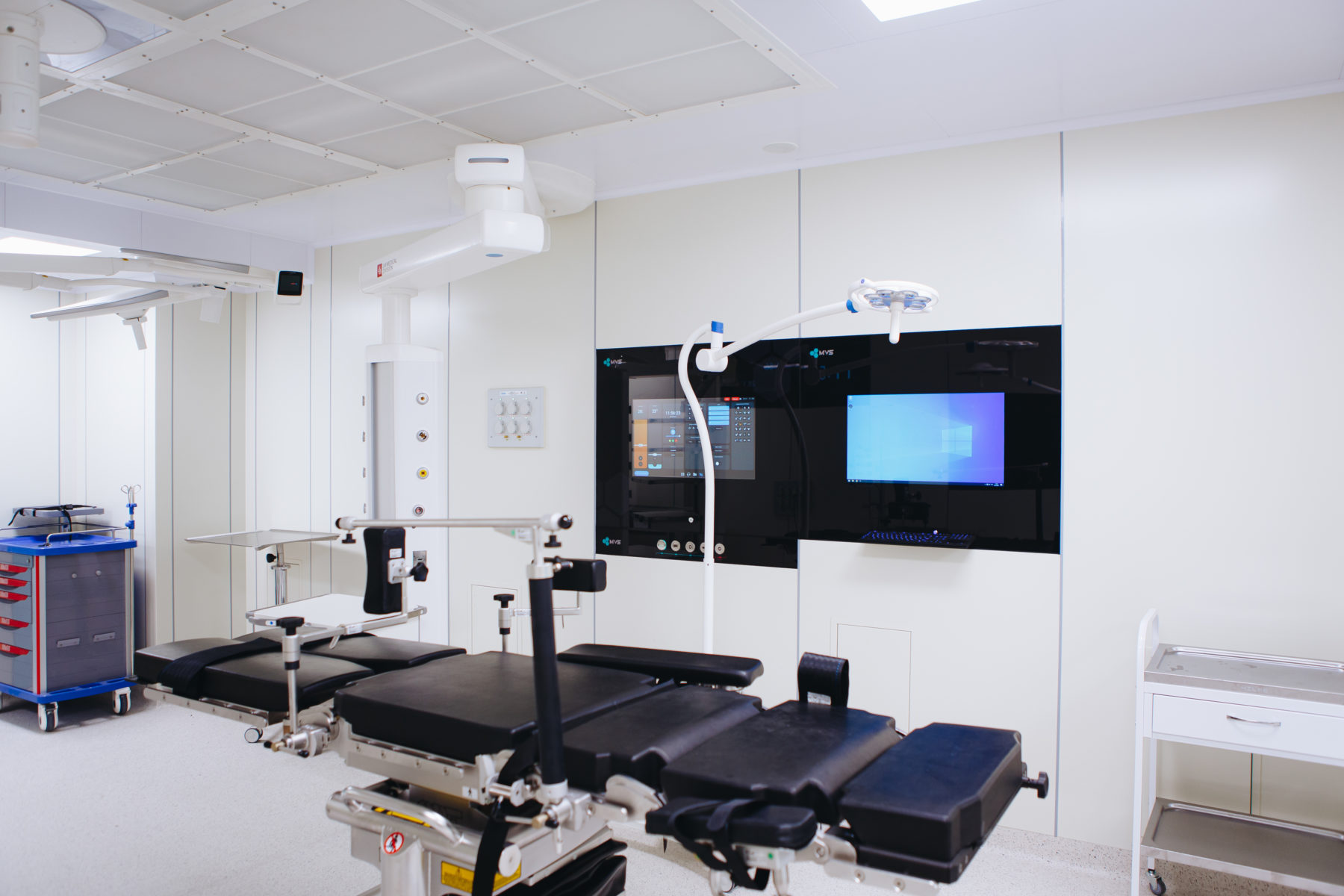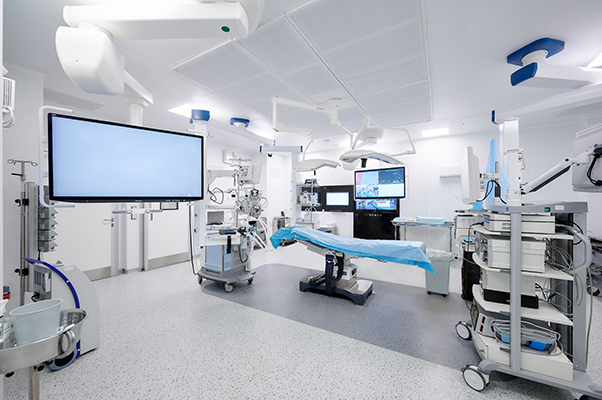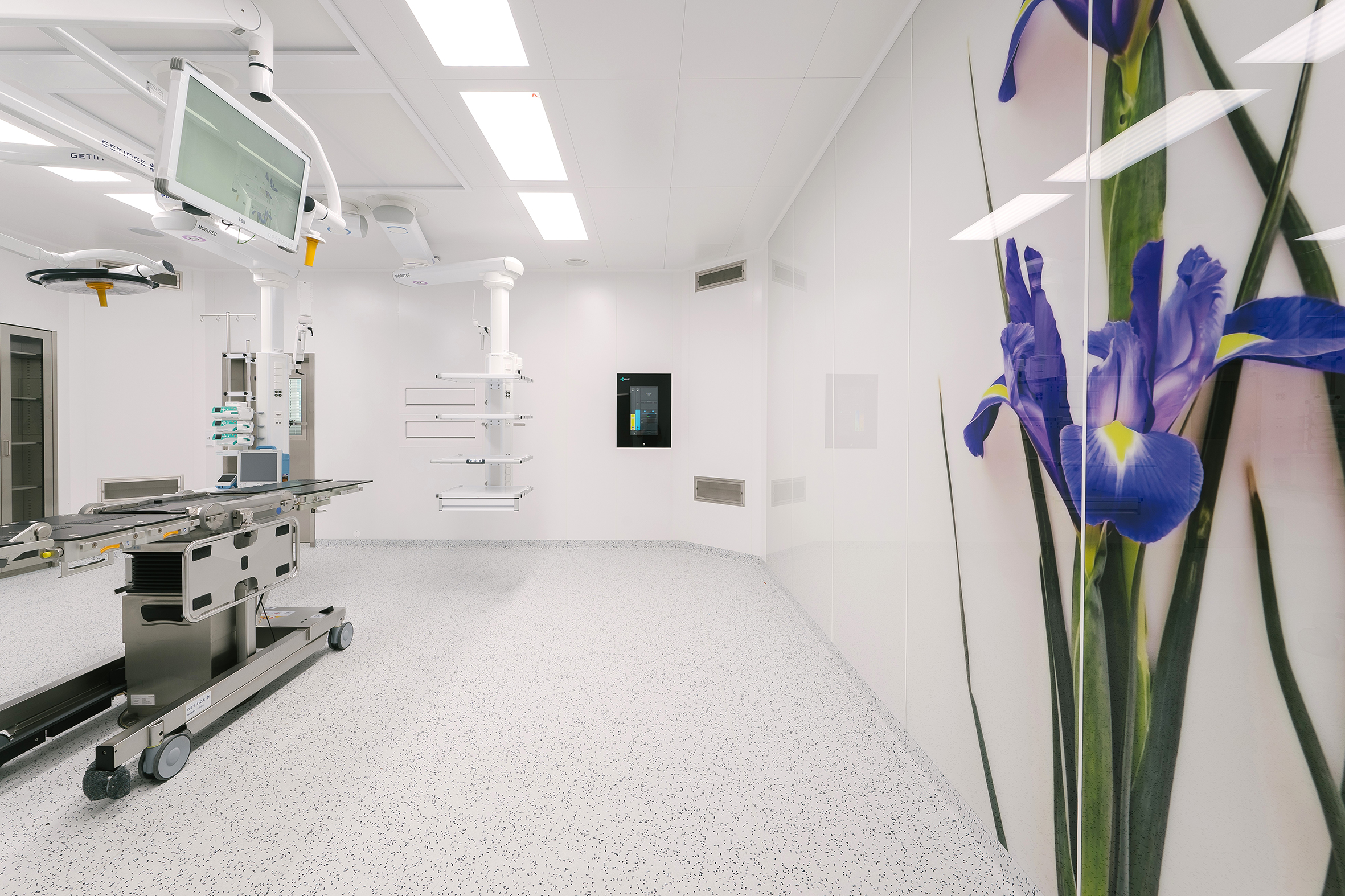The main task of the new center is to provide round-the-clock emergency care to patients with acute cerebral circulatory disorders (stroke), acute coronary syndromes (unstable angina and myocardial infarction) and other cardiovascular diseases.
The hospital has 335 beds, of which 295 are for specialized medical care and 40 intensive care beds. If necessary, the center can be converted into an infectious diseases hospital with 415 beds.
The new high-tech RVC operating unit includes 3 integrated MVS operating rooms: a hybrid angiographic operating room of the vascular surgery department, operating rooms of the neurosurgery and X-ray endovascular diagnostics and treatment departments.
Interview with Lyudmila Viktorovna Rashkovskaya and Vyacheslav Vladimirovich Zavadsky on the Medvestnik portal (read…).









